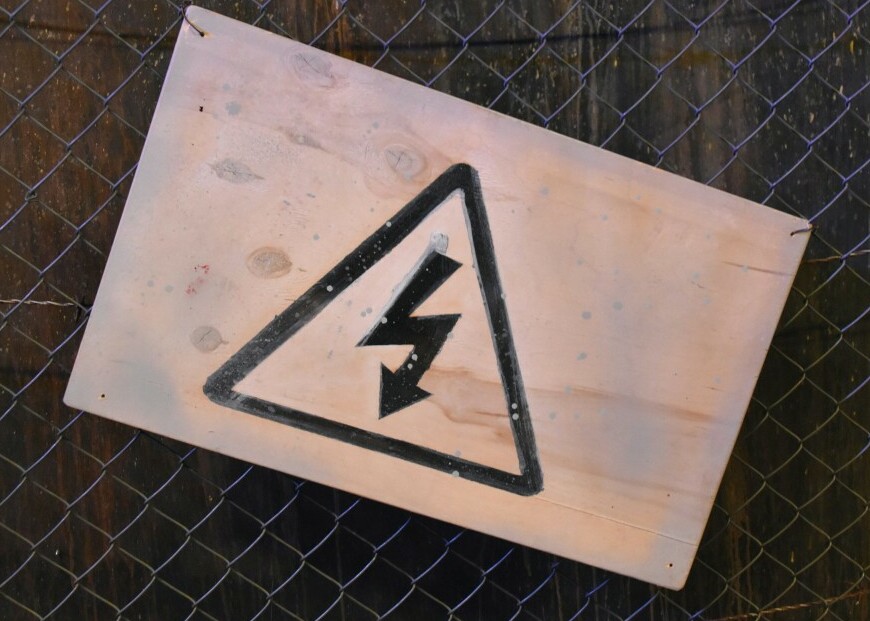I remember the first time I saw an electric bike, zooming past me on a steep hill with ease. It sparked my curiosity about the elixir of power that seemed to defy gravity. Electric bike motors, often simply called e-bike motors, are the heart of these modern chariots. They transform electrical energy into mechanical prowess, allowing riders to tackle challenging terrains and long distances without breaking a sweat.
While e-bikes share some similarities with traditional bicycles, their motors set them apart in performance and versatility. You won’t find these motors on a standard bike. There are primarily two types that you’ll come across: hub motors and mid-drive motors. Hub motors sit encased in the wheel, typically the rear, while mid-drive motors are centrally located, engaging directly with the bike’s chain drive.
Aside from daily commuting, e-bikes with these motors offer significant recreation and fitness benefits. They give riders a choice. Full pedal-assistance for a more leisurely ride or just a little boost when you need it, all with less strain on your knees and other joints.
Next, let’s POWER UP our understanding of how e-bike components like voltage, current, and wattage work together to create this seamless blend of human and machine effort. Recognizing how these elements contribute to an e-bike’s performance will help you feel more in control and reach an informed decision if you’re in the market for one.
Understanding the Power Behind E-Bikes
When you consider an electric bike, understanding the power system is crucial. It’s the heart of the e-bike, determining how fast it can go, how steep a hill it can climb, and how far you can travel on a single charge. The key components of this system are voltage, current, and wattage, which work together to define the bike’s capabilities.

Imagine these three elements as the gears to your biking experience. Voltage can be seen as the ‘pressure’ driving the electrical current through the bike’s system, while current (measured in amperes) is the volume of electricity flowing. Wattage, the product of voltage and current, signifies the motor’s output power. Common e-bike motors range from 250 watts, suitable for a leisurely ride, to 750 watts or more for more robust performance.
A higher power rating usually translates to more speed and better climbing power, but there’s a catch. E-bikes are subject to various legal power limits depending on where you live. In some places, the cap is set at 250 watts for a bike to be classified as a ‘bicycle,’ while other areas may allow up to 750 watts. Being aware of these regulations is fundamental to ensure you’re riding legally and safely.
But power isn’t just about top speed. Torque, often overlooked, is actually the force that turns the wheels and propels you forward. A motor with higher torque will improve your start-up acceleration and climbing power, without necessarily increasing your top speed. This is especially handy when you face hills or need a quick launch at a stoplight.
To put it all into perspective, opting for the right power system is about aligning it with your riding needs and legal requirements. From a laid-back cruise around the neighborhood to conquering steep slopes, your e-bike’s power setup is the definitive factor in what kind of ride you’ll have.
E-Bike Batteries: The Fuel for Your Electric Ride
E-bike batteries are the heart of an electric bike’s power system, storing the electricity that powers your motor. They’re akin to the fuel tank in your car, and without them, your e-bike is just a regular bike. There’s a variety of battery types, with lithium-ion being the most common due to their excellent energy density and long life span.

Your battery’s range, how far you can travel on a single charge, depends on multiple factors. These include the battery’s capacity, measured in ampere-hours (Ah), the motor’s power, the weight of the rider, terrain, and even the weather. Riders need to consider their usual routes and riding habits when choosing a battery to ensure it meets their needs.
To maintain the health of your battery and extend its life, proper charging is essential. Always follow the manufacturer’s instructions. Most recommend charging after each ride to avoid fully depleting the battery. Furthermore, storing the battery in a cool, dry place and avoiding extreme temperatures can help preserve its capacity.
Selecting the suitable battery size and type is paramount for optimal e-bike performance. If you frequently tackle hills or long distances, a larger capacity battery might be necessary. However, if your rides are short and on flat terrains, you may opt for a smaller, lighter battery to save on costs without sacrificing functionality.
Batteries are more than just power containers; they’re part of a dynamic system that includes your riding behavior, the environment, and the gamut of e-bike technologies. Next, let’s examine how advanced sensors and software bring everything together to create an efficient and responsive riding experience.
Integrating Technology with E-Bike Systems
As we reach our discussion’s end, it’s clear that the technological integration in electric bikes is not just about adding convenience; it is about enhancing the entire cycling experience. Sensors and controllers form the nervous system of an e-bike, constantly feeding data to ensure that the motor provides just the right amount of assistance.
But it doesn’t stop there. Software in e-bikes deserves more recognition than it often gets. It’s the brain that interprets sensor input to make split-second decisions, optimizing battery usage and motor output. This harmony between hardware and software means smoother rides, safer experiences, and more efficient power use.
You’re no longer just a rider; you’re a connected rider. The inclusion of Bluetooth, GPS, and comprehensive smartphone apps turns your e-bike into a smart mobility tool. From tracking your fitness goals to navigating urban mazes, the connectivity options expand the utility of your electric bike beyond traditional boundaries.
Looking ahead, we can anticipate even more sophisticated advancements in e-bike technology. The future may bring us things like integrated solar charging panels, advanced battery technologies that offer longer ranges, or even AI-driven systems that adapt assistance levels based on our riding patterns or health metrics.

